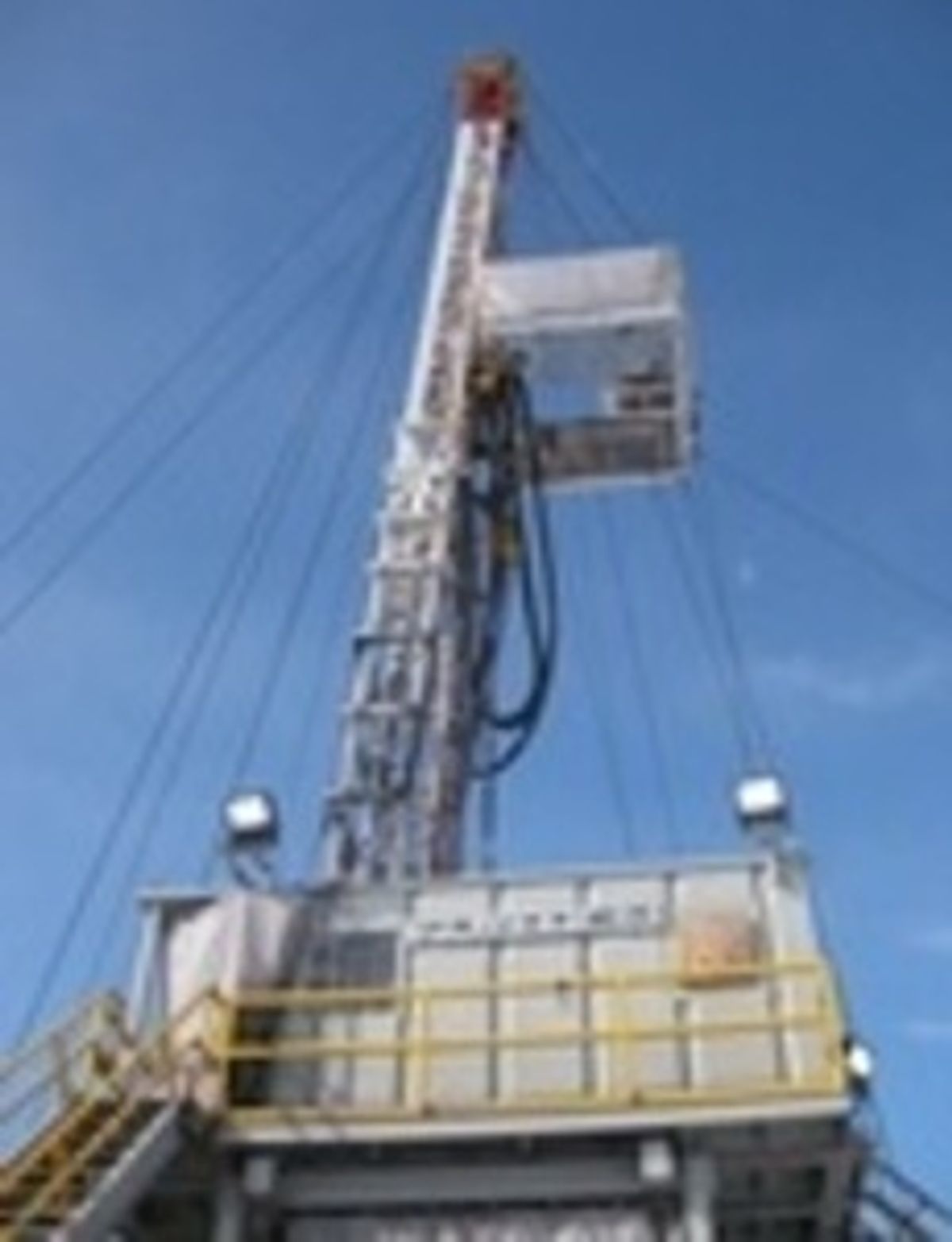The revolution in unconventional gas, which began in Texas, Lousiana and other western states and now is transforming the energy picture in northeastern ones as well, is not just a North American phenomenon. Argentina's main energy company, YPP, announced a shalegas find that will guarantee the country adequate supplies for many decades to come; the company, controlled by Spain's Repsol, is teaming up with Brazil's Vale mining group in a $140 million deal to develop the Pataonian reserves, using advanced hydraulic fracturing techniques. Meanwhile, Norway's Statoil reportedly is "closing in on a deal" to undertake shalegas exploration in China, because of its extensive Marcellus shale experience and despite Nobel Prize tensions; Statoil already has agreements with Sinopec to evaluate shalegas prospects in the South China Sea and with Sinochem to do work in Brazil and elsewhere. It recently bought a big stake in Texas's Eagle Ford formation, and it's looking at opportunities in South Africa.
As the unconventional gas boom continues in the United States with no end in sight, many of the relatively small independent companies that have dominated exploration and development so far are selling non-essential assets to raise capital for further exploration--or they are letting themselves be acquired by the majors. Most recently, Chevron paid $3.2 billion for Atlas Energy, which owns Marcellus acreage in West Virginia, Ohio, Pennsylvania and New York. Earlier in the year, Atlas launched a $1.7 billion joint venture with India's Reliance Industries, for Marcellus work. Such lists go on and on . . .
The reasons include not just gas's relative abundance and cheapness, its cleanness, and its low carbon content compared with coal, but also its flexibility, as a recent Worldwatch report observes. Whereas baseload coal and nuclear plants are designed to run all the time and come generally only in large sizes, gas-fired plants "come in a variety of scales" and can be ramped up or down quickly. That makes them a nice fit with intermittent energy from wind and solar generators.



